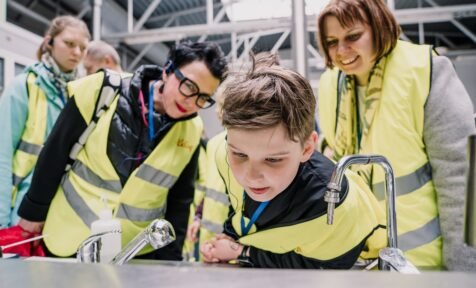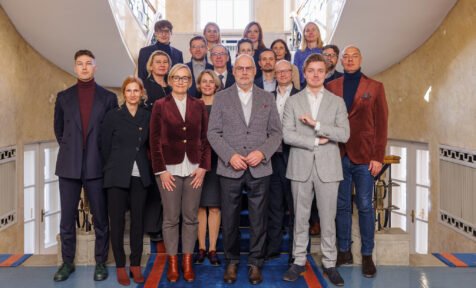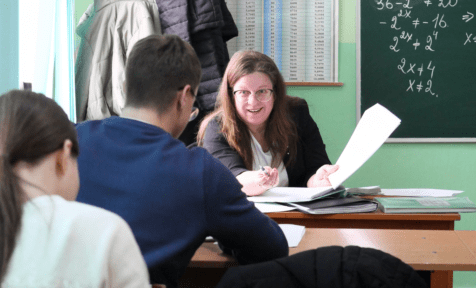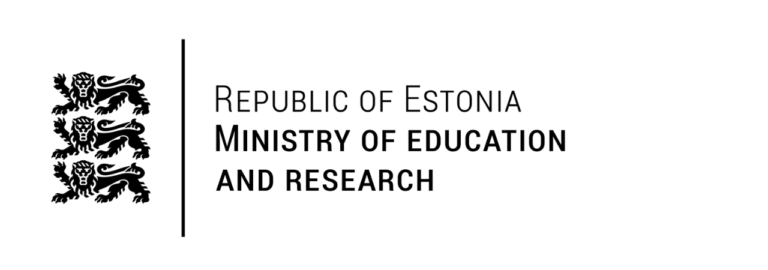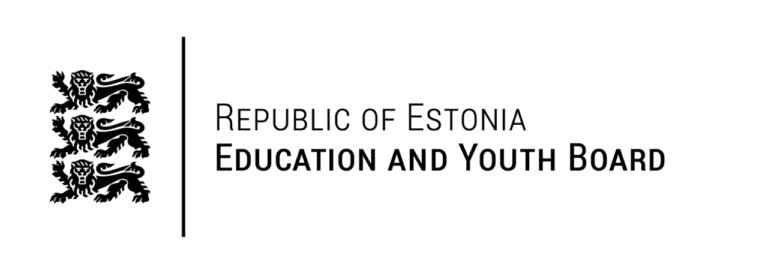Education is a rather traditional field, and it is also so in Estonia. Although education innovators have been contributing earlier, the real boom in education-related enterprises did not happen until about 5 years ago. More than 50% of successful startups have been created since then, making EdTech one of Estonia’s fastest-growing fields of the economy with 30-50% annual growth.
The full version of the article by Peeter Vihma was published first on the e-Estonia webpage.
The main hub where education meets technology in Estonia is EdTech Estonia, a growing organisation that brings together companies in Estonia to support their advancement nationally and internationally. It is a vibrant community that provides much more than just mentorship. As a strategic partner for the Ministry of Education and Research, it is involved in policy-making and implementation. It hosts its hackathon and co-creation program and engages in international research and development projects. Therefore, EdTech Estonia is a fruitful platform for new and established technology companies who are keen to improve their products and export them. There are several success stories to share.
Building trust is key for exporting EdTech
Exporters of education technologies in Estonia include various solutions from preschool up to higher education and professional development. They are so well spread globally that it is likely that a reader of this article already has used one. In addition to European countries, Estonian education technology is being used, for example, in India and Kazakhstan. However, this success is a result of many years of hard work.
To start from an early age, Eliis is a solution that enhances preschool operations, child development and communications. The most visible part to the average user is its teacher-parent interface, but it is mainly designed for teachers. And it is working well. According to feedback, 98.4% of teachers said Eliis saves them time. (From my personal experience, I can confirm that it is extremely intuitive to use for parents, too.) Due to its functionality, 80% of kindergartens in Estonia are using the software and 600 early childhood educational institutions in the rest of Europe.
Although well adopted domestically, according to Rasmus Gross, CEO of Eliis, their export success did not come easily. “The main challenge in exporting education technology is the issue of trust,” says Gross. “Education is a field which contains highly sensitive personal data about children. Selling unfamiliar software from a distant, perhaps unknown country is complicated.”
Gross has overcome this challenge by emphasising personal connections to potential clients. “We have a local salesperson in each target market, and we also make the effort of travelling to be personally present at meetings. Many times, if necessary,” says Gross.
Software contributing to widening horizons
Once a young person has completed the mandatory part of education, he or she awaits the tough task of applying for universities and summer schools. On the other end, simultaneously, higher education organisations have to deal with the surge of young applicants. On first look, it seems like an easy job. It is not.
“Our passion has always been to improve the education opportunities, and studying abroad brings double benefits for young people: both education and experience of another culture,” says Märt Aro, co-founder of Dream Apply, a student enrolment software company.
“Many years ago, we first started to offer marketing services for European higher education institutions, but soon realised that the actual bottleneck for international student mobility is the enrolment system. There are about 50 standard procedures, usually on paper, that a foreign student must go through during the application process, and most students are not even falling under any standards,” recalls Aro.
So, like Estonians often do, Aro, who, at the time, was a student himself, aimed to solve this problem with software. He and associates created an intuitive, paper-free application and enrolment management system and started relentlessly introducing it to European higher education institutions. Many years of hard work paid off and Dream Apply is currently used in universities from Ireland to Japan.
“It is difficult for a startup to overcome the risk adversity of higher education organisations,” says Aro. “It took a lot of personal convincing to make the first sale.”
Since then, feedback has been positive, and there is a track record of reliability to build upon. Dream Apply has reported that using their software has led to an average 75% increase in international applicants. The software is also extremely secure: the IT infrastructure and data centres are certified according to the highest standards.
Not just the curriculum
School curriculum and formal education are just one part of the child development and education equation. No child can study and grow if they struggle with mental health. This is why Triumf Health has been targeting the mental health of children aged 7-12 through evidence-based serious gaming in the context of education. In their subscription-based game environment, children are guided through a fun journey through Triumfland to empower them and teach them skills to build mental resilience.
“When we leave mental health issues to the medical system and don’t deal with them at schools or home, we are mostly focused on dealing with consequences,” says Dr Kadri Haljas, founder of Triumf Health. “I am therefore pleased to see that countries worldwide are waking up to the fact that mental health needs to be addressed within the education system.”
It appears that Triumf Health is up to something important because not only has it been recognised as the best health startup in Scandinavia in 2021, but it was the world’s best tech in the health and wellbeing category in 2022 at the World Summit Award.
“If we consider that 10 years ago, Estonian-born Wise (then Transferwise) received the same award, and we look at how significant they are currently, we believe that there is similar potential for us,” says Dr Haljas. “Increase in interest in our product from schools and individuals globally gives us grounds for confidence.”
How much money do we need to be smart?
Education technology clearly has its merits, as investments in education support people getting smarter. UN data shows that there is a significant correlation between GDP and level of education: the better off a country is, the more its inhabitants go to school.
However, it turns out that this trend also has a ceiling. From a certain income forward, any increase in income does not increase educational levels. And perhaps not coincidentally, Estonia occupies that sweet spot: the best education with the lowest GDP.
Therefore, while EdTech makes life better, it should not be fetishised. Having all the latest gadgets is not a prerequisite for a highly educated population. Also, software needs not to be very complex, it just needs to get the job done. Estonia proves it: having just enough is good enough.
